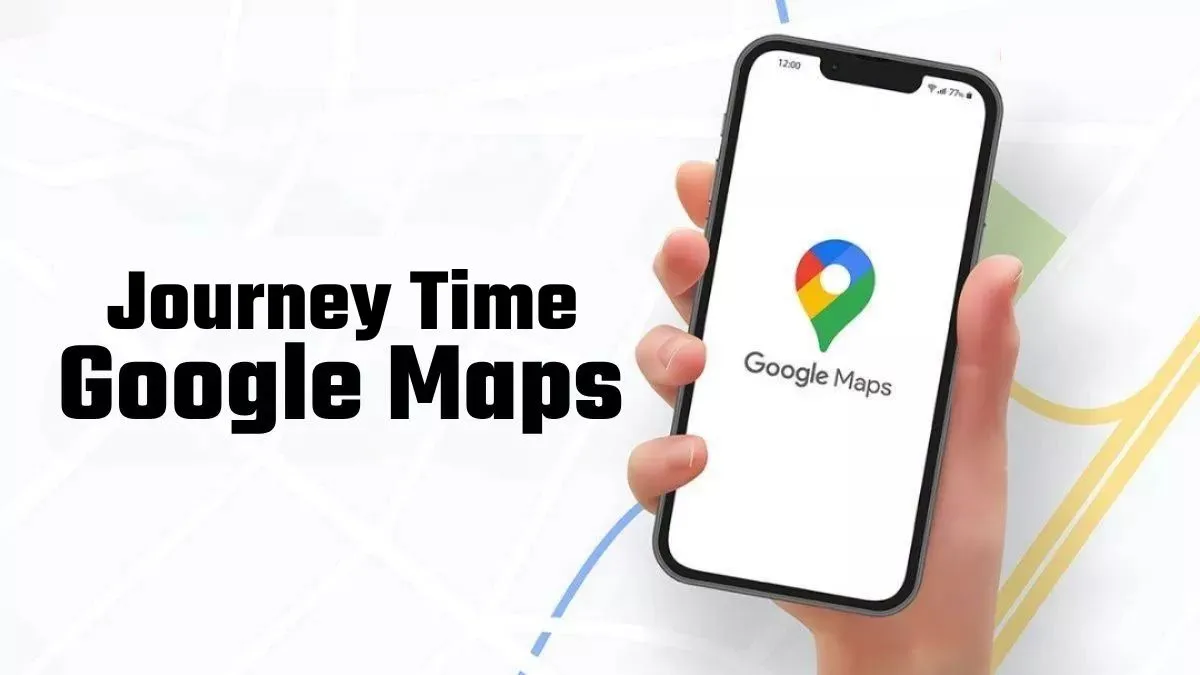- By Alex David
- Mon, 11 Aug 2025 09:28 PM (IST)
- Source:JND
Google Maps has made travelling so easy. Today, it even provides sophisticated features that allow you to view—at a single tap—where the closest shopping mall or petrol pump is located. You can also find out immediately exactly how long it will take to arrive at your destination.
But have you ever wondered how Google Maps determines your travel time so accurately? Let's walk through.
Step 1: Measuring the Distance
Google Maps possesses a special database known as the Geographical Information System (GIS). The database has pre-stored information of the road network, comprising the longitude, latitude, and altitude of each point.
Based on this information, the algorithms of the software check various possible routes from your initial position in the right direction, then choose the shortest route to the desired location. After determining the route, the system checks the distance.
ALSO READ: Meta Hires From Apple Again: Pulls Out More AI Workers As Talent Hunt Continues
Step 2: Checking the Speed Limit
Once the distance is known, Google Maps calculates travel time based on the speed limits, road names, destination information, and stored traffic data in the GIS database.
It also takes into account past data, like how fast users have usually traveled on that specific road during some time of the day.
Step 3: Real-Time User and Road Conditions
In order to make its estimates even more precise, Google superimposes distance and speed-limit information with real-time user information and feedback.
As long ago as 2009, Google abandoned reliance on cameras and sensors and began to use users' location data. For instance, if a user slowed down or halted at a particular place, Google would record it as congestion.
ALSO READ: Oppo K13 Turbo And Oppo K13 Turbo Pro Launched In India: Checkout Their Price And Specifications
In 2013, Google bought Waze, a navigation company that gathers user tips on traffic, accidents, roadwork, police stops, and speed traps. These extra information further enhance Google's estimates of travel times.
Even in certain situations, Google collaborates with telecom operators to gauge distances and travel habits based on cell tower data.
So the next time Google Maps says it will take you 17 minutes to arrive somewhere—it's not making a random estimate. It is using intricate mapping software, historical data, and real-time contributions from millions of users to provide the best prediction it can.

